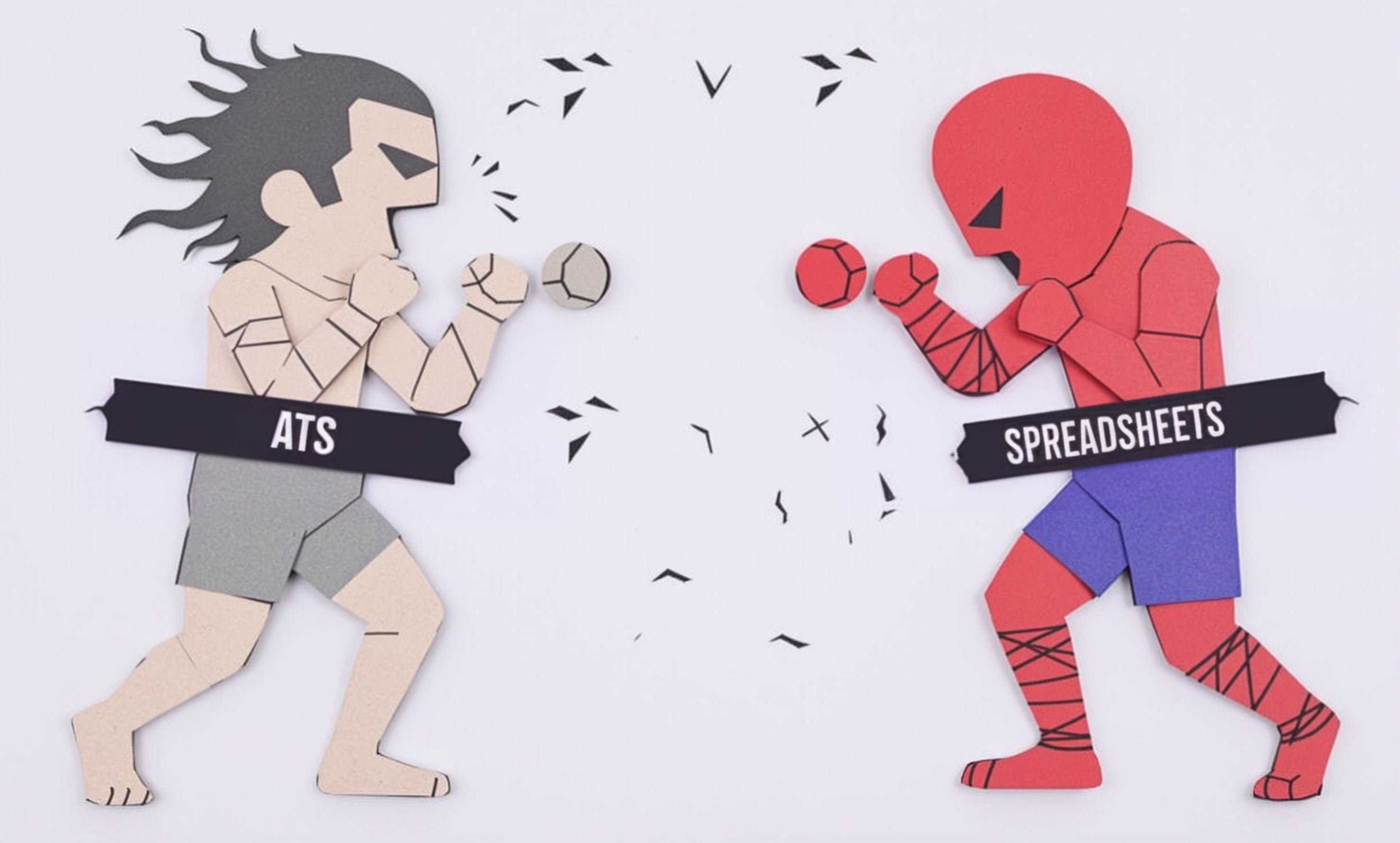
Size curve
A size curve (also known as size breakdown or size ratio) is a planning tool used in retail merchandising to determine how many items of each size should be ordered or stocked. It's like a recipe that tells merchants how to distribute inventory across different sizes based on historical sales data and customer demand. For example, a typical t-shirt size curve might suggest ordering more medium and large sizes compared to extra small or extra large. This helps stores maintain the right balance of sizes, reduce out-of-stock situations, and minimize excess inventory of less popular sizes.
Examples in Resumes
Developed optimal Size Curve strategies resulting in 15% reduction in size stock-outs
Analyzed sales data to create improved Size Breakdown recommendations for new store openings
Managed inventory allocation using Size Ratio analysis across 50 store locations
Typical job title: "Merchandise Planners"
Also try searching for:
Where to Find Merchandise Planners
Professional Networks
Job Boards
Example Interview Questions
Senior Level Questions
Q: How would you develop a size curve strategy for a new market entry?
Expected Answer: A senior planner should discuss analyzing demographic data, reviewing similar market performance, considering regional size preferences, and creating a testing strategy to validate assumptions before full rollout.
Q: How do you handle size curve variations across different store clusters?
Expected Answer: Should explain how to segment stores based on customer demographics, sales patterns, and store location, then customize size curves accordingly while maintaining efficient inventory management.
Mid Level Questions
Q: What factors do you consider when adjusting a size curve?
Expected Answer: Should mention sales history, store feedback, return rates by size, demographic changes, and seasonal variations as key factors in size curve optimization.
Q: How do you measure the success of a size curve strategy?
Expected Answer: Should discuss metrics like sell-through rates by size, weeks of supply, lost sales analysis, and customer satisfaction scores.
Junior Level Questions
Q: What is a size curve and why is it important?
Expected Answer: Should explain that a size curve is a tool for distributing inventory across different sizes based on expected demand, helping to ensure customers find their sizes while minimizing excess inventory.
Q: How do you calculate basic size ratios from sales data?
Expected Answer: Should be able to explain how to analyze historical sales by size to determine the percentage distribution needed for future orders.
Experience Level Indicators
Junior (0-2 years)
- Basic size curve analysis
- Sales data interpretation
- Inventory reporting
- Basic Excel skills
Mid (2-5 years)
- Size curve optimization
- Store clustering
- Seasonal planning
- Inventory management systems
Senior (5+ years)
- Strategic size curve development
- Multi-channel planning
- Team leadership
- Market expansion planning
Red Flags to Watch For
- No understanding of basic retail metrics like sell-through rates
- Inability to interpret sales data
- Lack of experience with inventory management systems
- No knowledge of size curve impact on financial performance
Related Terms
Need more hiring wisdom? Check these out...

Workforce Solutions Aggregators: The Next Big Thing You Didn't Know You Needed

Recruitment Metrics That Matter in 2025: Moving Beyond Time-to-Hire

Why Your Hiring Spreadsheets Are Secretly Sabotaging Your Recruitment

